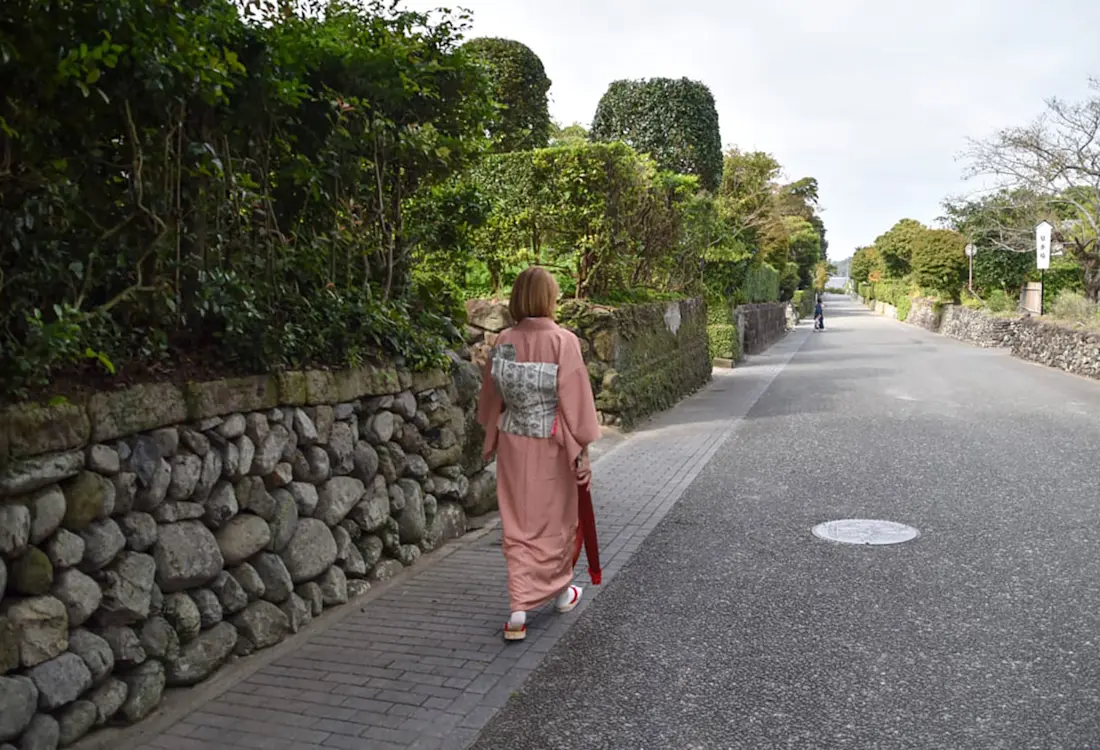
Visit one of Japan's largest samurai residences
In Izumi, Kagoshima Prefecture
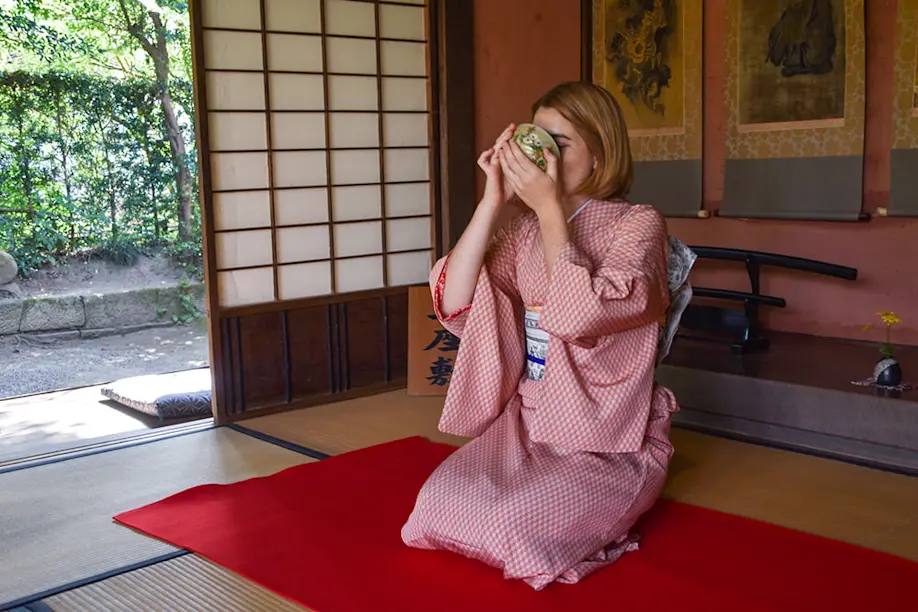
Sitting in the center of Izumi city, it exists as a meticulously maintained gateway to another time. It's a place where locals stroll the streets in kimonos, ox-powered carts are the most dominant form of transport, and where the spirit of the samurai — the area's previous residents — can be felt in the air.
This mystical place is the Izumi-Fumoto Samurai Residences, and it's one of the largest samurai villages in the country. The streets have remained untouched by development over the past 400 years, standing proud and tall as they were during the flourishing Edo-era days. Still free from flocks of tour groups, the city's quiet, almost secretive allure makes Izumi-Fumoto a destination perfect for those who want to experience, away from the masses, a real traditional corner of the nation so perfectly preserved and romantic in its history.
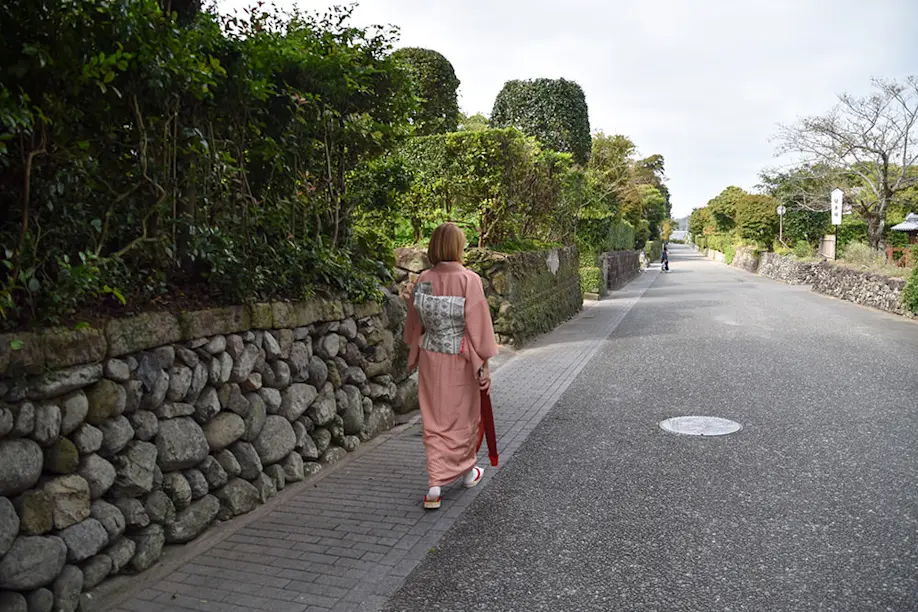
Strolling the perfectly preserved streets of Izumi-Fumoto Samurai Residences.
Home of the Samurai Residences, Izumi, a quiet, sunny city tucked on the northwestern corner of Kagoshima, is effortlessly charming. It's here each winter tens of thousands of elegant cranes flock from Siberia to seek respite during the colder months. With their arrivals come lovers of this bird, an icon of Japanese culture and folklore. While most visitors may come to see the seasonal cranes, many fall in love with the city's subtle charm and rich bastons of culture, of which the Samurai Residences are a part.
To fully appreciate Izumi-Fumoto, it's best to get a little overview of the town's history, so you know you can put the sights, sounds, and experiences in context. An ideal place to start is the Izumi-Fumoto History Museum. The museum houses displays of all types, dioramas, figures, maps, and ancient relics that piece together the tale of those who defined the area four centuries ago!
During the Edo-era (1603-1868), the Satsuma Domain was the ruling domain of the area. They set up residences known as 'fumoto,' which served as the samurai classes' neighborhood. Here the garrison of samurai protected the border from the neighboring Higo domain.

What's most exciting about this area — beyond, of course, the richly abundant history — is that many of Izumi-Fumoto's 150 existing Samurai Residences are still in use today! Not just as tourist-welcoming destinations like Saisho's residence, but as living quarters for long-term residents, many of whom are samurai descendants, adding a deeper level of authenticity and liveliness to the town, unlike many other historical destinations.
To fully immerse yourself in the spirit of Izumi-Fumoto, and fit in with the scenery, you really should consider dressing the part, and that means donning a kimono carefully fitted by Izumi's finest. The town runs a Kimono Experience program, which you can book before your visit. Although many traditional corners of Japan now offer kimono rental options, Izumi's experience is one of the most authentic.
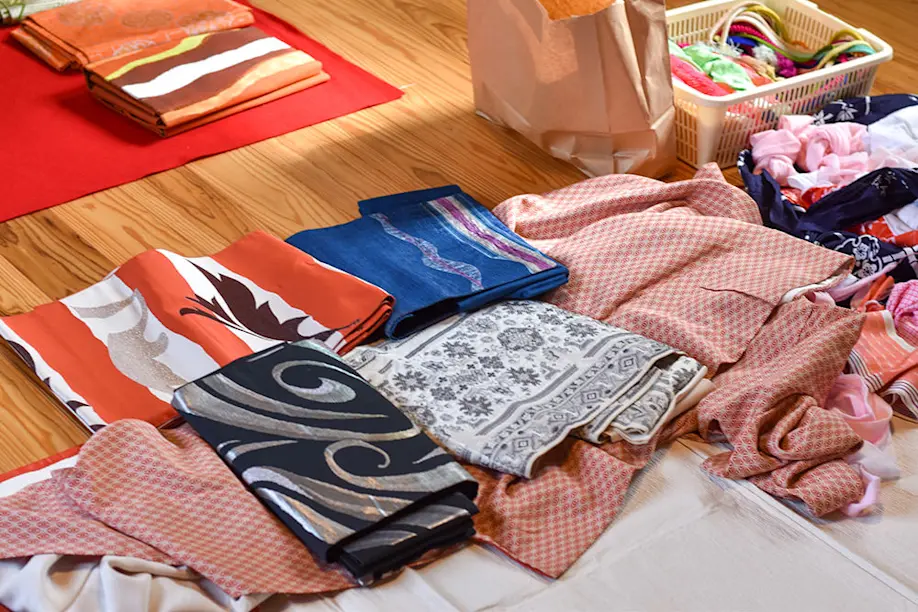
All the kimonos are beautiful, robust, made of silk — as high-quality kimonos should be — and are hand-selected and styled by experienced experts. What's more, is that after the experience, guests can take home their kimono and obi belt as a souvenir. Given that some kimonos can cost thousands of dollars, this experience is incredibly generous. Throughout the entire fitting process, the kimono stylist and her assistant wore both face masks and face shields to provide peace of mind and to ensure that health standards were the highest priority.
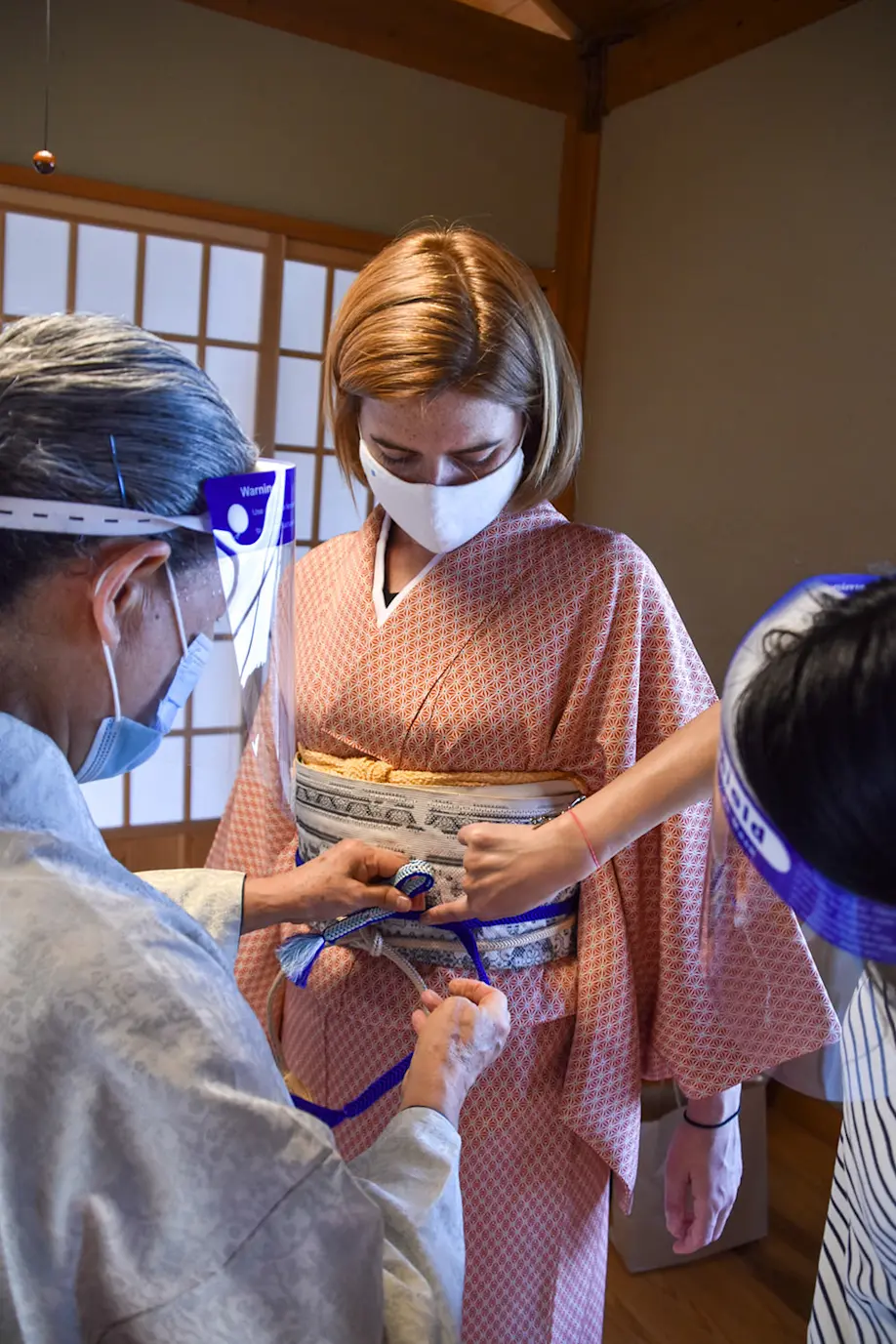
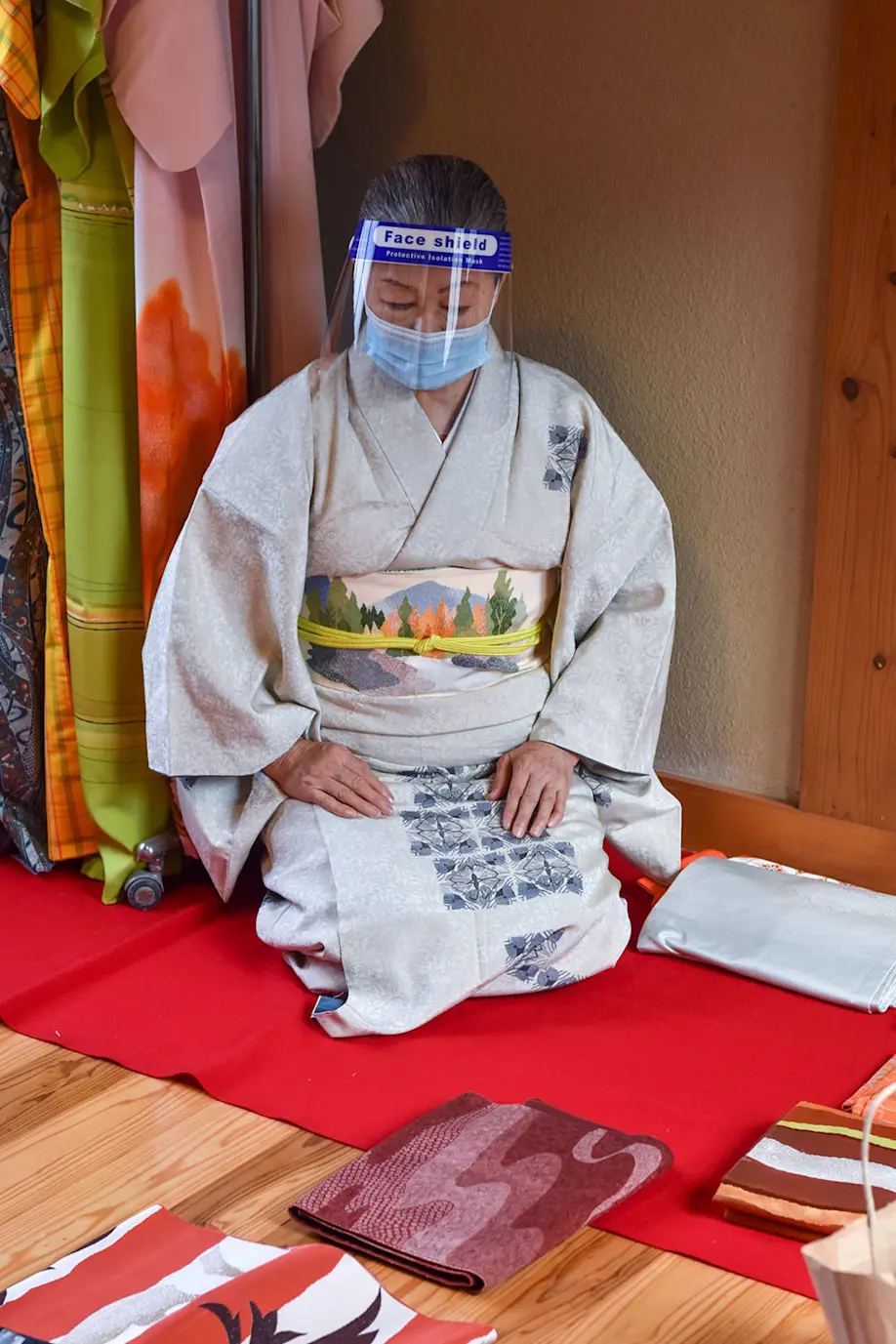
Given that the Izumi-Fumoto is still home to many residents, guests are encouraged to be mindful when visiting, and not just enter any beautiful, old house you come across as you may walk in on someone in the home! However, there are two main houses open to the public that offer excellent first-hand insight into Izumi's samurai's lives and cultures. As mentioned, Saisho's residence is one such location. In its heyday, the Saisho clan, an important, powerful Izumi family, occupied this majestic home. For those with a hunger for adventure, you'll be excited to know that within this sprawling home lives a network of labyrinthian-like secret passageways and tunnels just waiting to be discovered.
Inside Saisho's residence, guests are also welcome to experience a small tea-ceremony, where the local masters will run you through the ceremony's steps and traditions. If you're lucky, like I was when I visited, the friendly locals might also teach you a traditional song or two, like the classic folk song 'Sakura Sakura' on the koto.
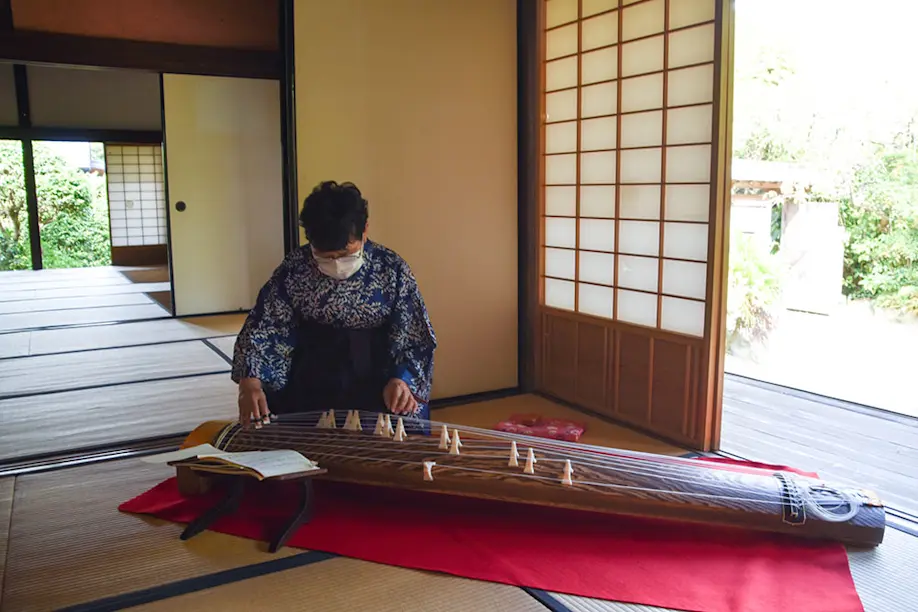
If you're a fan of samurai films or samurai TV programs, you may recognize Izumi-Fumoto's other publicly open home, Takezoe. This glorious piece of architecture was featured in the popular Japanese Taiga TV drama series "Atsuhime." Strolling through its sun-drenched grounds and admiring the shimmering golden artwork that flanks the interior, it's clear why the program's creators selected this destination. Rich with meticulously considered design and elegant wabi-sabi minimalism, visiting Takezoe is not unlike stepping into the scenes of a rich period-drama of which you are the star.

One of the greatest joys of visiting Izumi-Fumoto is simply strolling the picturesque streets, like the main street Nodago Historical Road, snapping photos and admiring the carefully preserved houses. However, if you want to take a rest and admire the landscape from a different angle, there's always the option to hop on the impossible-to-miss ox-cart, which runs regular leisurely tours throughout the day.

This ancient wooden gate stands in front of a still-operating elementary school, a touch of the old and the new.
Just hop on board, and let the friendly, chatty, knowledgeable guide and their trusty ox take you through samurai streets on a half-hour journey. It's worth mentioning that the animals get a little tired towards the end of the day, so they may walk a little slower. To avoid missing out, or to ensure you have the cart to yourself or tour group, it's best to make a reservation ahead of time.
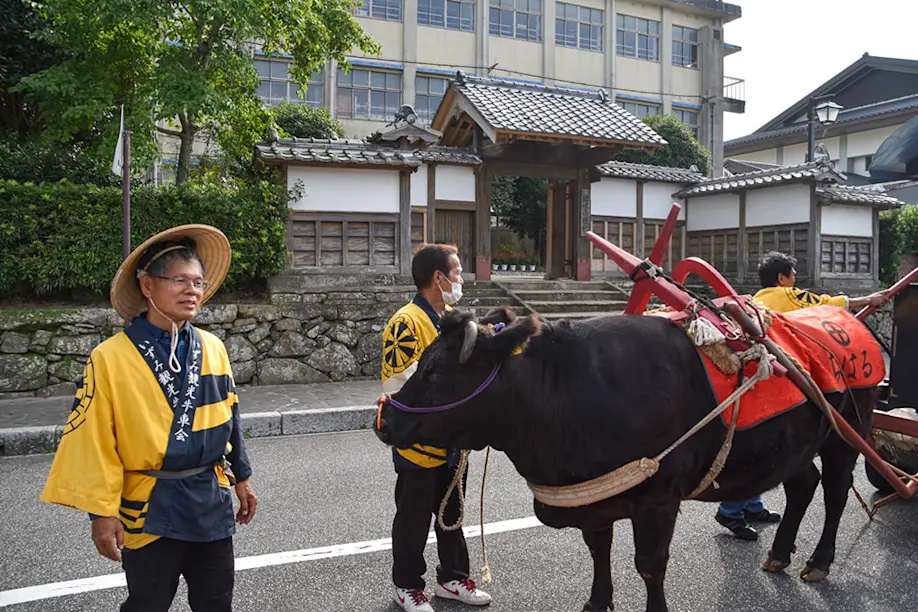
Once you're done exploring the sights, you'll probably be a little peckish, and when you're in Izumi, there's one dish you can miss, and that's the area's famously delicious chicken. The city'sOyako Steak Gohan, located not far from Izumi-Fumoto is well known for putting on incredibly affordable but extravagant 'cook it yourself' chicken meals consisting of a spread of dishes showcasing the primo poultry of Izumi. Juicy, fresh, and served with a selection of sides all proudly sourced in and around Izumi, Oyako Steak Gohan is proof that Izumi is a city with many fascinating faces and delights just waiting to be explored.

Note: This blog post was written during a time when preventive measures for COVID-19 were being undertaken. These measures are expected to be relaxed going forward.

Lucy Dayman
Hi, I'm a Tokyo-based, Australian-born travel writer and co-founder of Tokyo communications agency Y+L Projects. I moved to Japan in 2016 for what I thought would be a one year break and I never left! I've written about Japan for Monocle, BBC, South China Morning Post Random House. When I'm not working, I love discovering quaint Tokyo neighbourhoods and taking film photos (with admittedly mixed results).
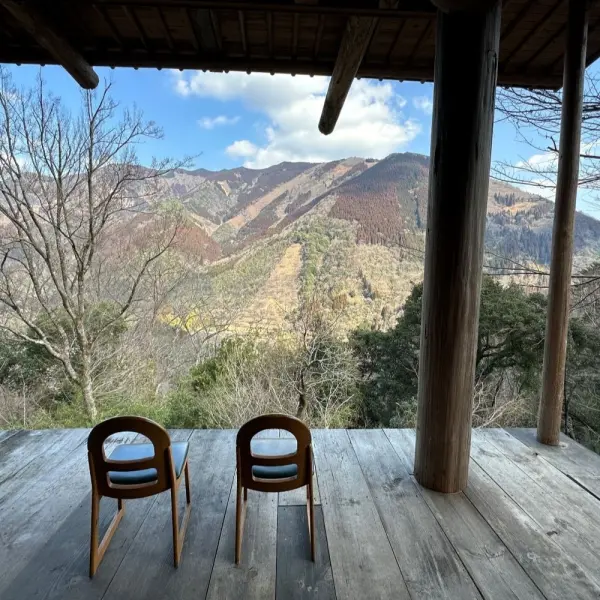 Traditional Life in Shiiba Village, Kyushu’s Secret Hideaway
Traditional Life in Shiiba Village, Kyushu’s Secret Hideaway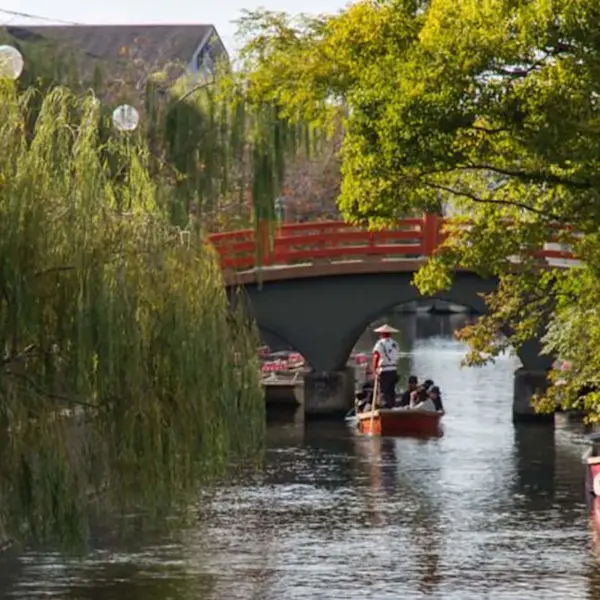 Follow the Canals: The Humble Beauty of Yanagawa
Follow the Canals: The Humble Beauty of Yanagawa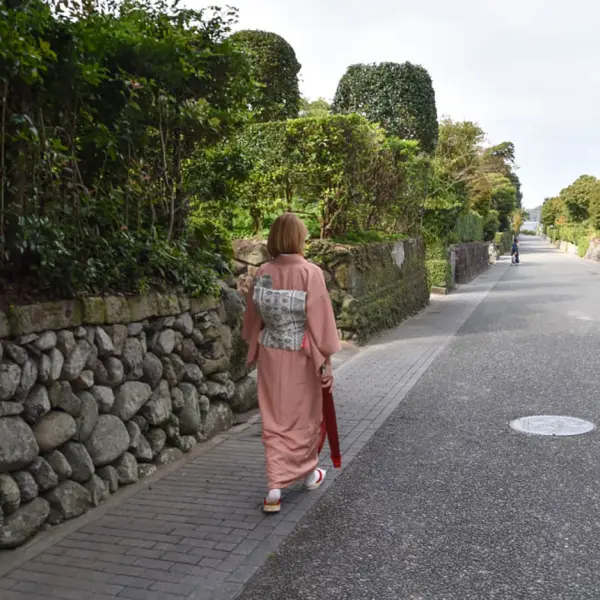 Visit one of Japan's largest samurai residences in Izumi
Visit one of Japan's largest samurai residences in Izumi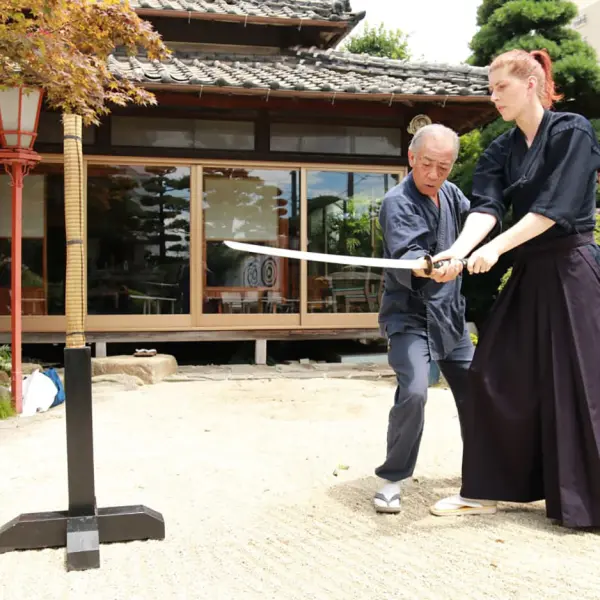 Katana Training & Omuta Exploration
Katana Training & Omuta Exploration 99 Islands and a Mouthful of History in Sasebo
99 Islands and a Mouthful of History in Sasebo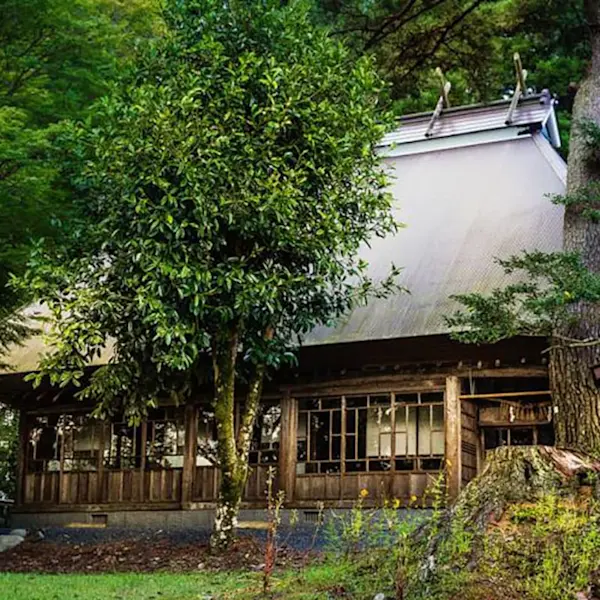 Takachiho: Explorations of a mystical land
Takachiho: Explorations of a mystical land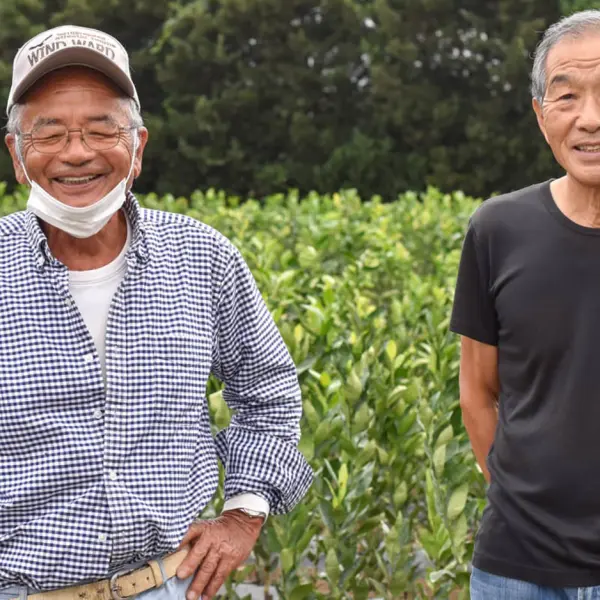 Meet the Locals at a Japan Farm Stay at Kagoshima
Meet the Locals at a Japan Farm Stay at Kagoshima Amami Oshima: Gorgeous island steeped in history
Amami Oshima: Gorgeous island steeped in history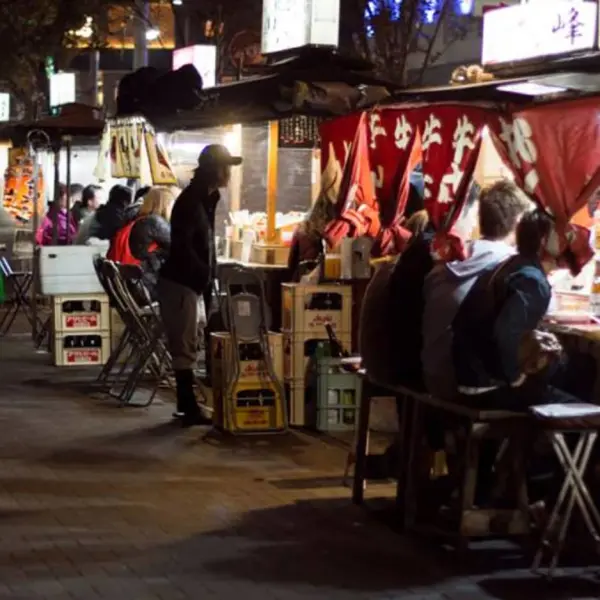 Yatai in Fukuoka: Sitting at the Counter with History
Yatai in Fukuoka: Sitting at the Counter with History Yakushima: Feeling the Island
Yakushima: Feeling the Island




